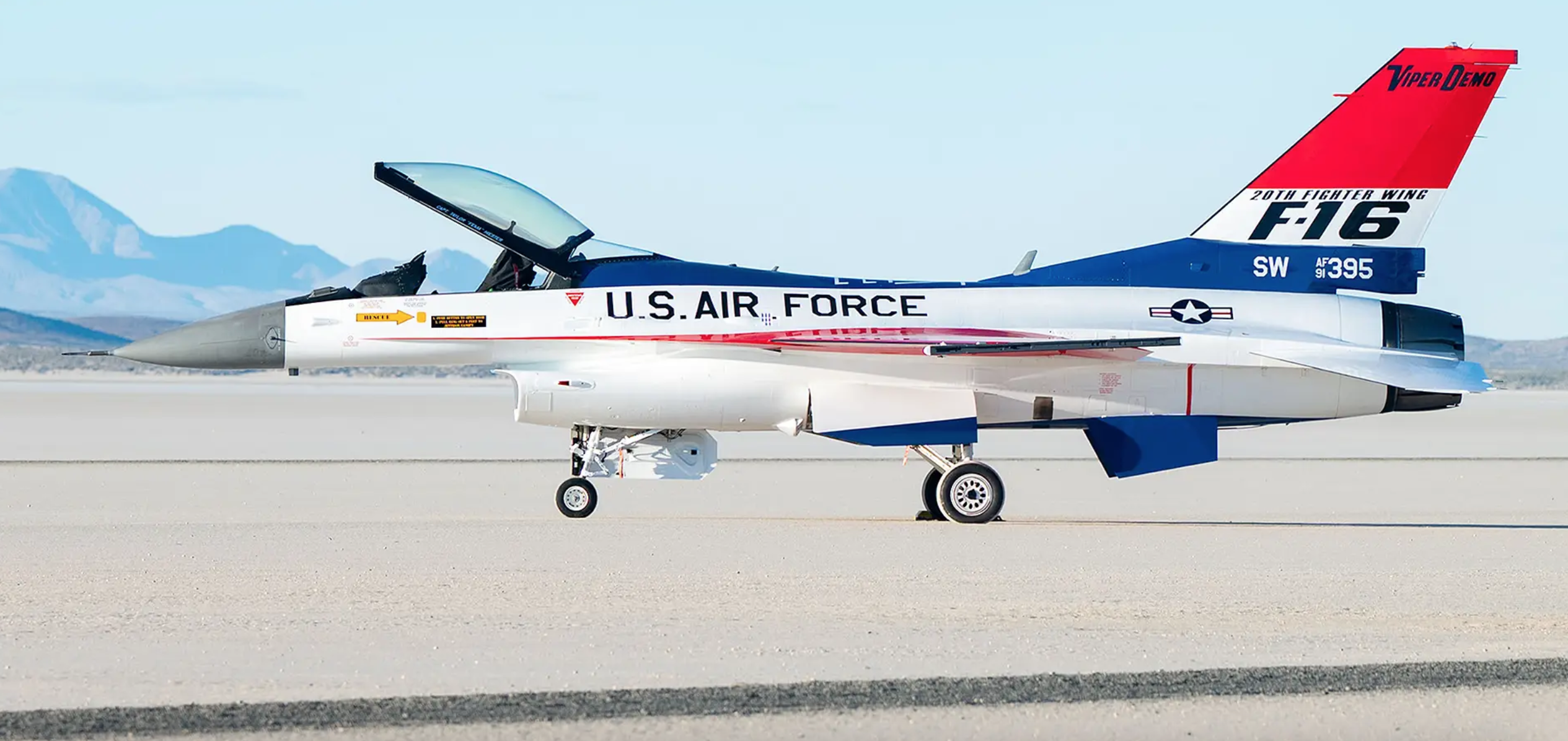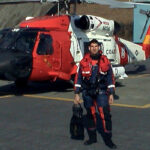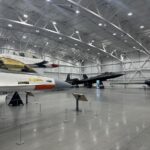Amidst the celebratory atmosphere surrounding the F-16, a pivotal year unfolds for the renowned fighter jet. Having amassed nearly 5,000 aircraft since its inception, the F-16 marks its 50th anniversary since its maiden flight. Demand for new models, affectionately known as Vipers, surges, while pre-owned versions find eager buyers, underscoring the enduring appeal of this aircraft.
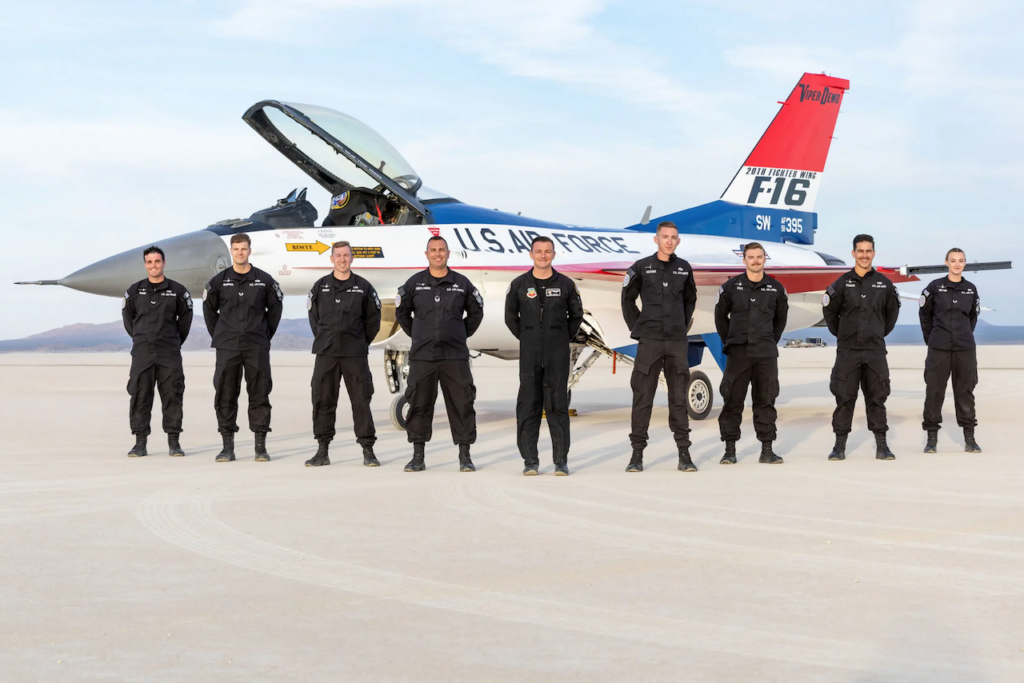
In a poignant tribute to the F-16’s illustrious journey and monumental success, the United States Air Force’s Viper Demonstration Team orchestrates a remarkable gesture. Their flagship aircraft receives a striking makeover, adorned in the iconic red, white, and blue color scheme reminiscent of the pioneering YF-16, symbolizing a nod to the jet’s origins.
Captain Taylor “FEMA” Hiester, the team’s commander, sheds light on the meticulous execution of this special project and reflects on its significance. Upon assuming command, he harbored a vision to honor the F-16’s legacy by recreating its prototype scheme. Overcoming numerous hurdles and with unwavering support from the 20th Fighter Wing leadership, the covert operation commenced. Secrecy shrouded the endeavor, serving not to shock the airshow industry but to highlight the Air Force’s ability to realize dreams in the shadows. Read an excellent interview with Captain Hiester on The War Zone.
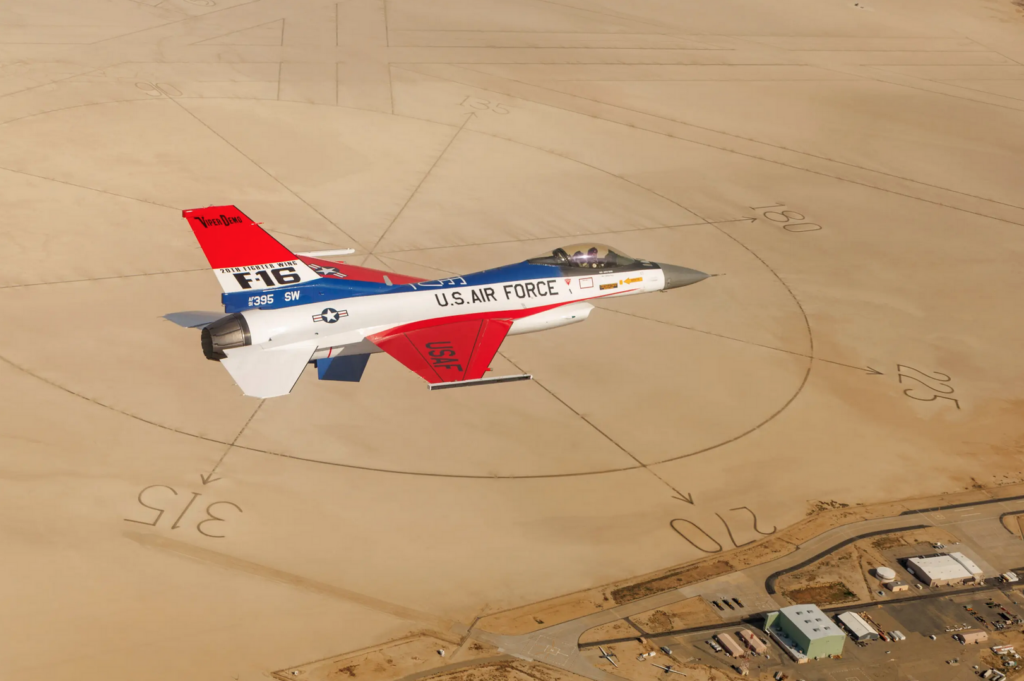
Collaboration with personnel at Edwards AFB, notably Mr. Tony Accurso, facilitated the meticulous execution of the paint scheme, a process undertaken with unwavering dedication. The selection of the scheme left no room for alternatives, reflecting a commitment to authenticity and reverence for the F-16’s heritage.
The inaugural YF-16 prototype (#72-1567) made its debut at Fort Worth on December 13, 1973, before being transported via C-5A air freight to Edwards AFB on January 8, 1974. Under the command of test pilot Phil Oestricher, its maiden flight, albeit unintended, occurred on January 21, 1974, resulting in a brief hop around the pattern.The inaugural flight of the YF-16 faced delays due to the need to replace the right stabilator. Finally, on February 2, 1974, the aircraft took to the skies again, piloted once more by Phil Oestricher. During this flight, Oestricher reached speeds of 400 mph and altitudes of 30,000 feet. Subsequently, on May 9th, 1974, the YF-16 no 2 (#72-1568) had its maiden flight, this time under the command of test pilot Neil Anderson.
However, early flight tests were not without challenges. On two occasions, the F100 engine unexpectedly went to idle while airborne, necessitating emergency landings. Flying restrictions were temporarily imposed on the YF-16 until the issue was resolved, eventually traced to fuel-control valve contamination causing it to jam in the idle position.
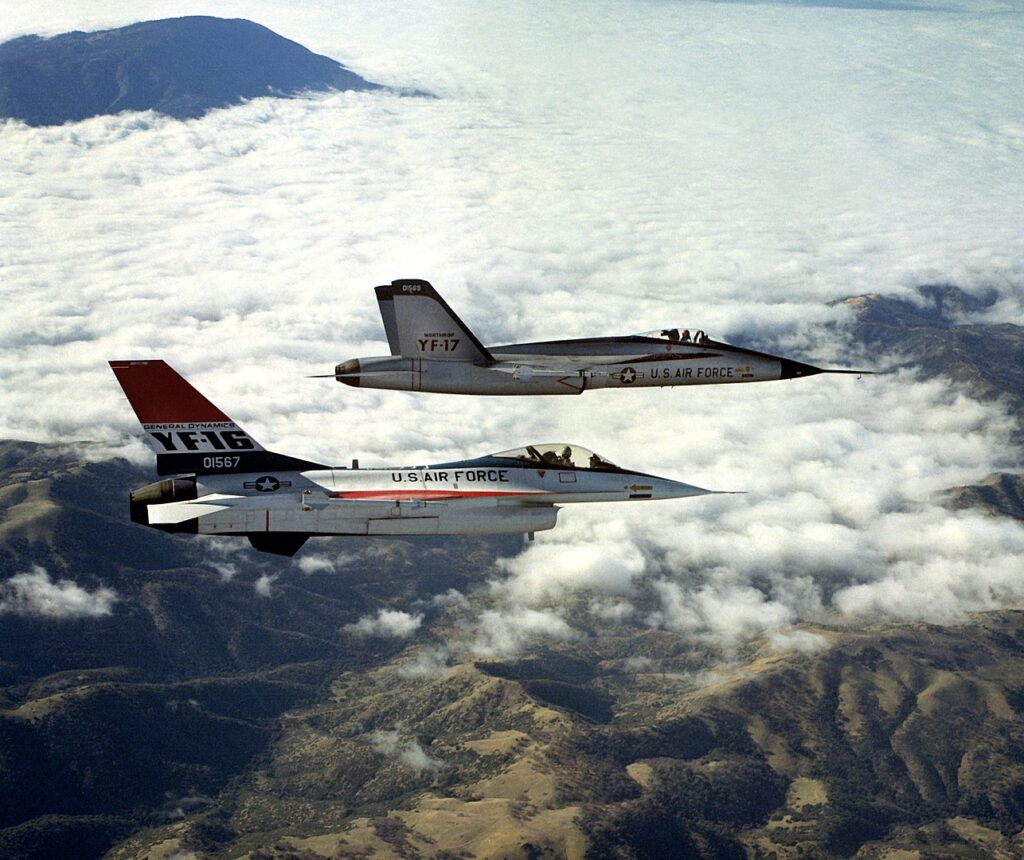
Amidst these trials, the flyoff between the YF-16 and the Northrop YF-17 commenced, showcasing remarkable feats of aviation prowess. Both YF-16s achieved speeds surpassing Mach 2.0, executed maneuvers up to 9g, and soared to altitudes exceeding 60,000 feet. Despite being designed for 6.5g at full internal fuel, the YF-16’s ability to sustain 9g at reduced fuel loads showcased its superiority in air combat scenarios, bolstered by the innovative 30-degree inclined seat design.
Efforts were made to have as many pilots as possible fly both the YF-16 and YF-17, although the prototypes never directly engaged each other. Instead, they were pitted against existing USAF fighters, as well as captured MiG-17s and MiG-21s, providing valuable insights into their combat capabilities.
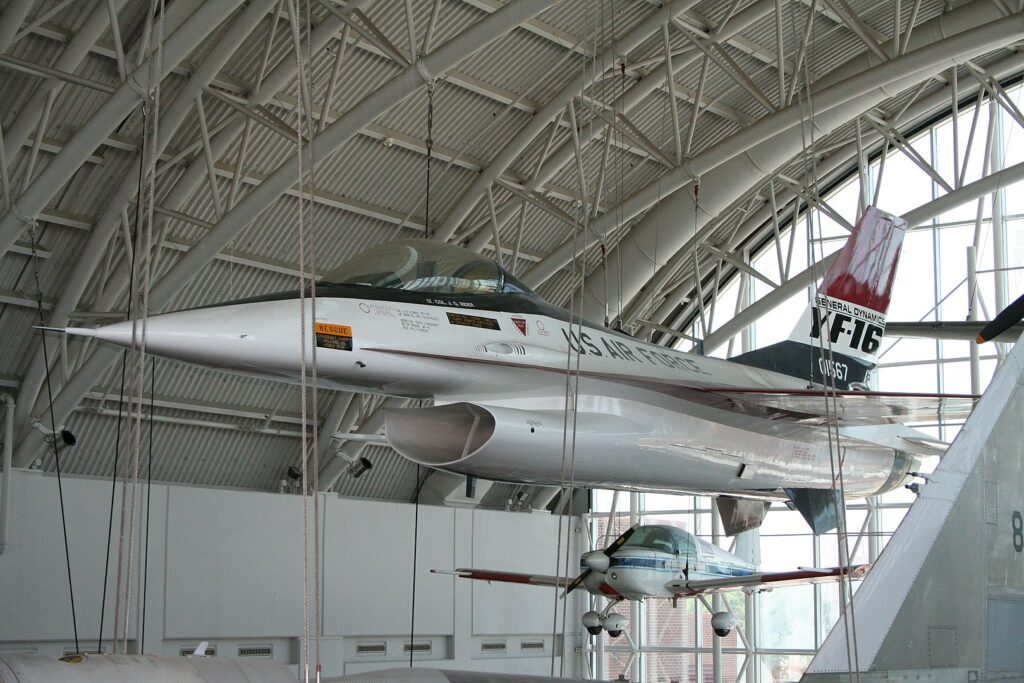
The F-16 community within the USAF stands apart for its unwavering commitment to excellence, driven by a collective ethos of surpassing established standards. While technological advancements enhance capabilities, it’s the human element that truly defines success.
Reflecting on the F-16’s enduring legacy and future prospects, Captain Hiester underscores the aircraft’s role as a testament to America’s spirit of innovation and resilience. As the F-16 continues to soar, it embodies the nation’s unwavering commitment to pushing boundaries and achieving greatness.
An excellent article and a great interview with Captain Hiester are available on The War Zone.
On January 20, 1974, General Dynamics test pilot Phil Oestricher took the YF-16 Viper for an unplanned first flight at Edwards Air Force Base. During a high-speed taxi test, the airplane began to roll and his correction left it in a series of oscillations that threatened the aircraft. In keeping with an option presented at the safety meeting, Oestricher throttled up and took to the air rather than risk destroying the only YF-16 in existence at the time. He landed the prototype six minutes later with no further incidents. Video by Giancarlo Casem/USAF/EDWARDS AIR FORCE BASE, CA, UNITED STATES







